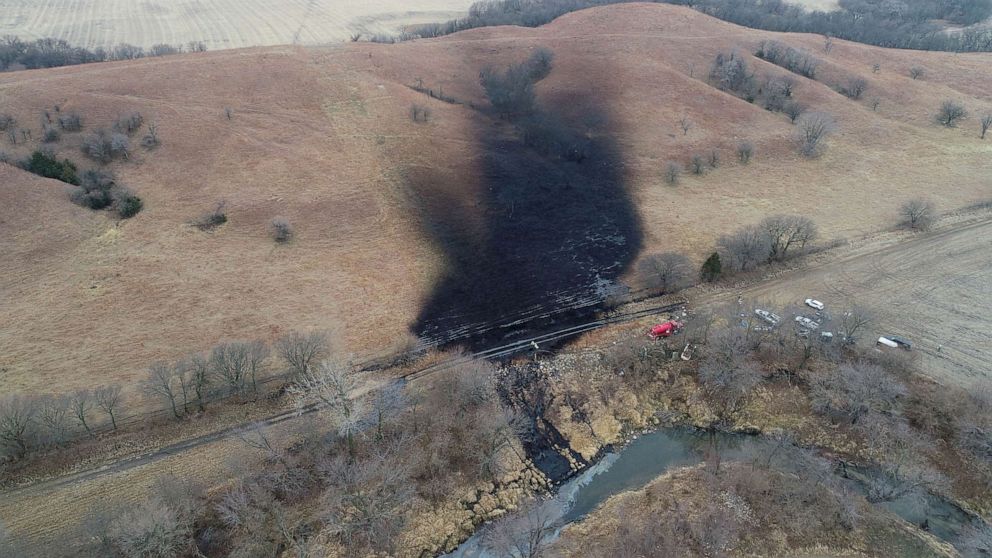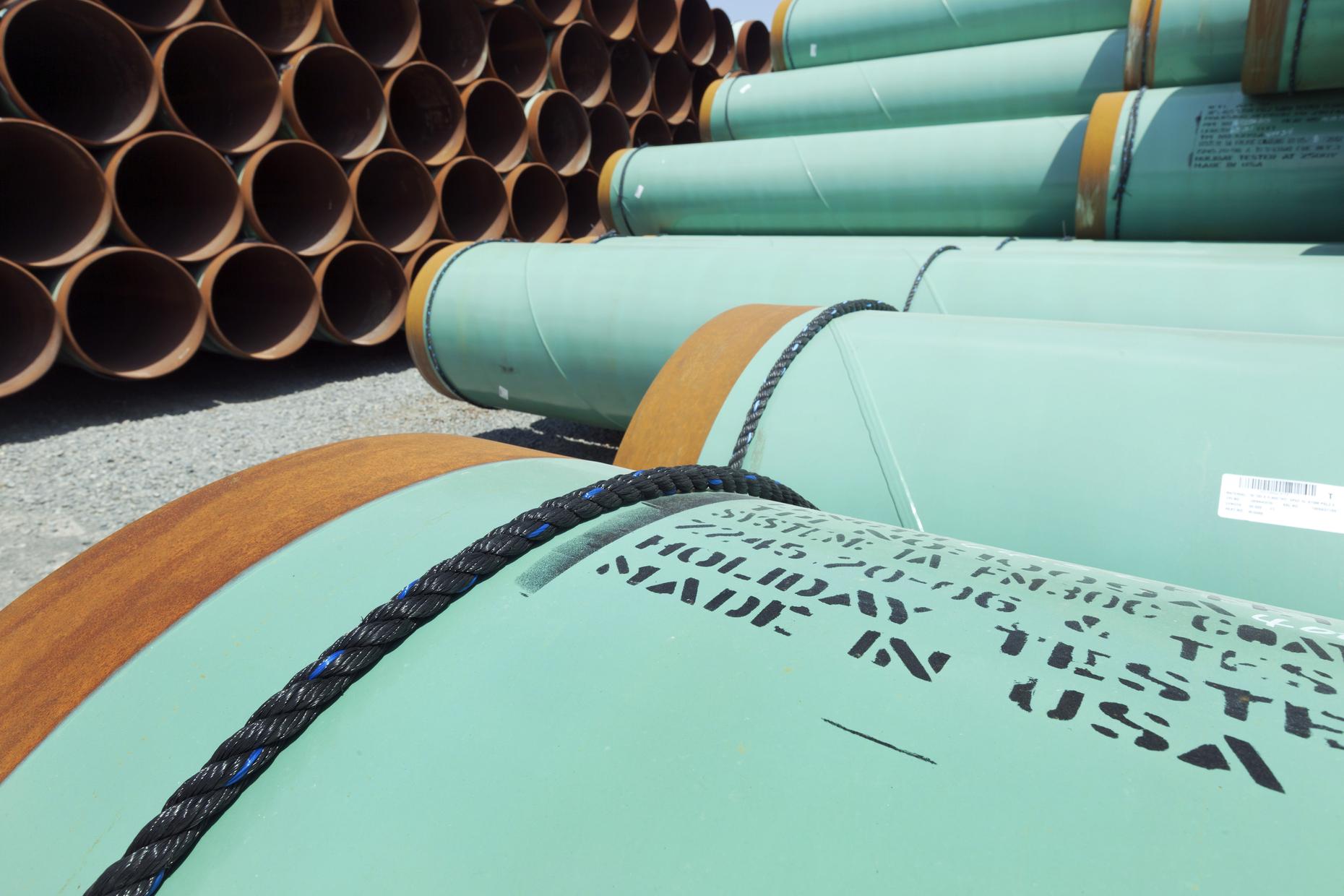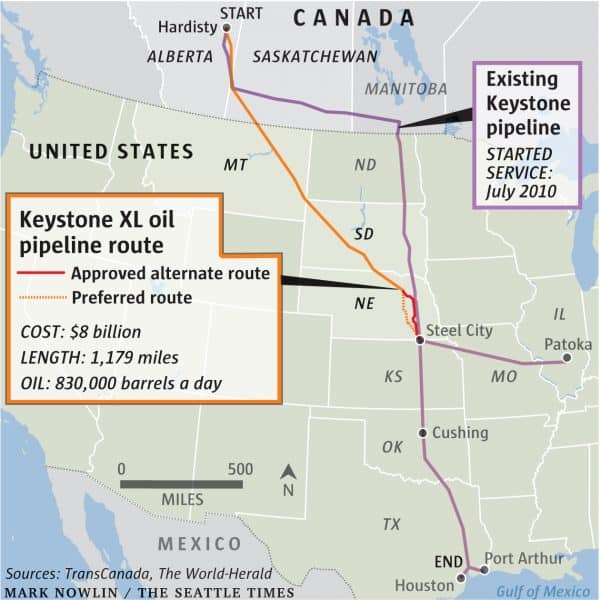Understanding the Keystone XL Pipeline: A Comprehensive Guide
BlogTable of Contents
- TransCanada to Continue with Southern Part of Keystone Pipeline ...
- Keystone XL Pipeline Clears Last Major Hurdle | The Takeaway | WNYC Studios
- The Bad Biden Policy Begins - Keystone XL Pipeline - The Musings of the ...
- Trump administration OKs building Keystone XL pipeline on federal land ...
- Map Of Keystone Xl Pipeline 2024 Dates - Gypsy Kellina
- Keystone Pipeline open again, but leaky section in Kansas still shut ...
- The Latest on the Keystone XL Pipeline | StateImpact Texas
- Keystone XL Pipeline | StateImpact Texas
- Keystone-Pipeline – Wikipedia
- What Is the Keystone XL Pipeline?



What is the Keystone XL Pipeline?



History of the Keystone XL Pipeline



Environmental Concerns
One of the primary concerns surrounding the Keystone XL Pipeline is its potential impact on the environment. The pipeline would pass through sensitive ecosystems, including the Sandhills region of Nebraska, which is home to numerous endangered species. Additionally, the pipeline poses a significant risk of oil spills, which could contaminate water sources and harm local wildlife. According to the NRDC, the pipeline would also contribute to climate change by increasing greenhouse gas emissions and perpetuating the country's reliance on fossil fuels.
Economic Benefits
Proponents of the Keystone XL Pipeline argue that it would create jobs and stimulate economic growth in the regions through which it passes. The project is expected to create thousands of temporary construction jobs, as well as permanent jobs in the oil and gas industry. However, opponents argue that these benefits are short-term and do not outweigh the long-term risks to the environment and public health. The Keystone XL Pipeline is a complex and contentious issue, with valid arguments on both sides. While it has the potential to create jobs and stimulate economic growth, it also poses significant risks to the environment and public health. As the project moves forward, it's essential to consider the concerns of all stakeholders, including environmental groups, Native American tribes, and landowners. By understanding the facts and issues surrounding the Keystone XL Pipeline, we can work towards a more informed and sustainable energy future.For more information on the Keystone XL Pipeline and its impact on the environment, visit the Natural Resources Defense Council (NRDC) website.
Note: This article is for general information purposes only and is not intended to be a comprehensive or up-to-date treatment of the subject. The information is based on data available at the time of writing and may have changed since then.